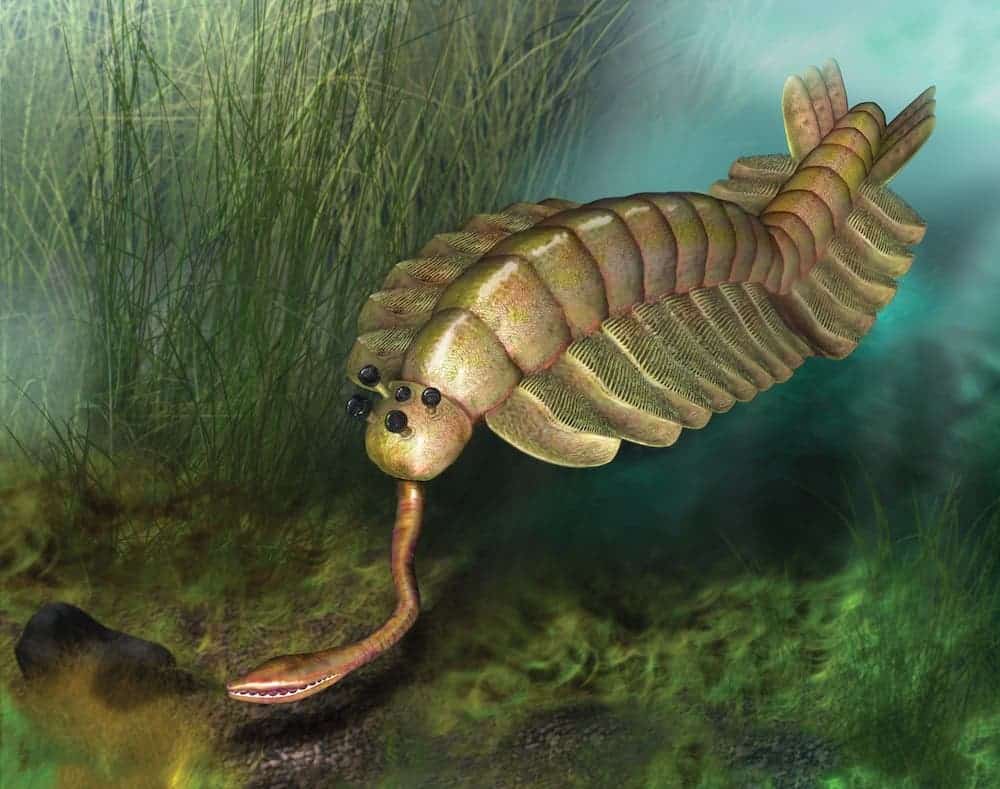
Paleontologists have found evidence of animal life dating back at least 635 million years. Those animals acted much like today’s sponges, stuck in the sea floor, filtering water particles for useful nutrients in the sea. But just over 100 million years later, during the Cambrian explosion, life really started to pump its engines. All sorts of creatures were filling all sorts of environmental niches (as some put it, it was mother nature’s experimentation period), and some of the creatures living then are so weird that an attempt at reconstruction seems really bizarre, and more like sci-fi than reality.
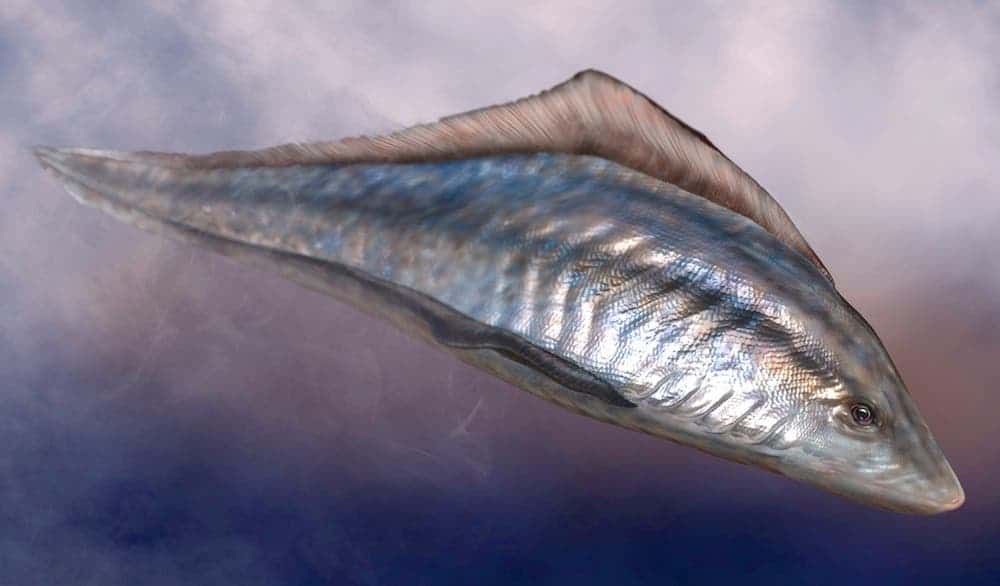
The first book that really documented the Cambrian life explosion was written by Steven Jay Gould in 1989, called A Wonderful Life. I have to be honest and say that even though I’ve read several works on the Cambrian, this particular book has slipped me so far. But I’ve heard so many good things about it, it’s definitely on my to do list. But in the almost quarter century that passed since then, we have learned a lot, greatly expanding our knowledge about that ancient period. Doug Erwin of the Smithsonian Institution and James Valentine of Berkeley have collaborated on a new book, The Cambrian Explosion: The Construction of Animal Biodiversity – in which they sinthesize both old and new data, and feature some fabulous illustrations by Quade Paul.
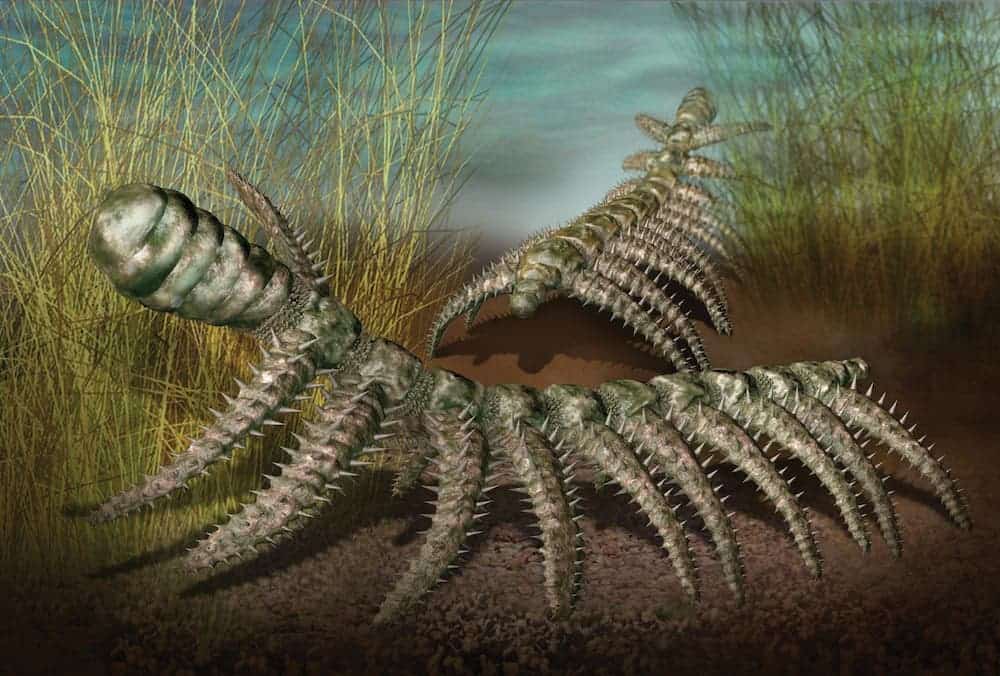
The Cambrian is the first first geological period of the Paleozoic Era. We know very little, both geologically and paleontologically about our planet from the PreCambrian. The Cambrian Period marked a profound change in life on Earth marking the transition from mostly simple, unicellular life, to some remarkably complex life forms. Life thrived in the oceans at that time, continents being most likely barren due to a lack of vegetation. The seas were relatively warm, and polar ice was absent for almost all of the period.
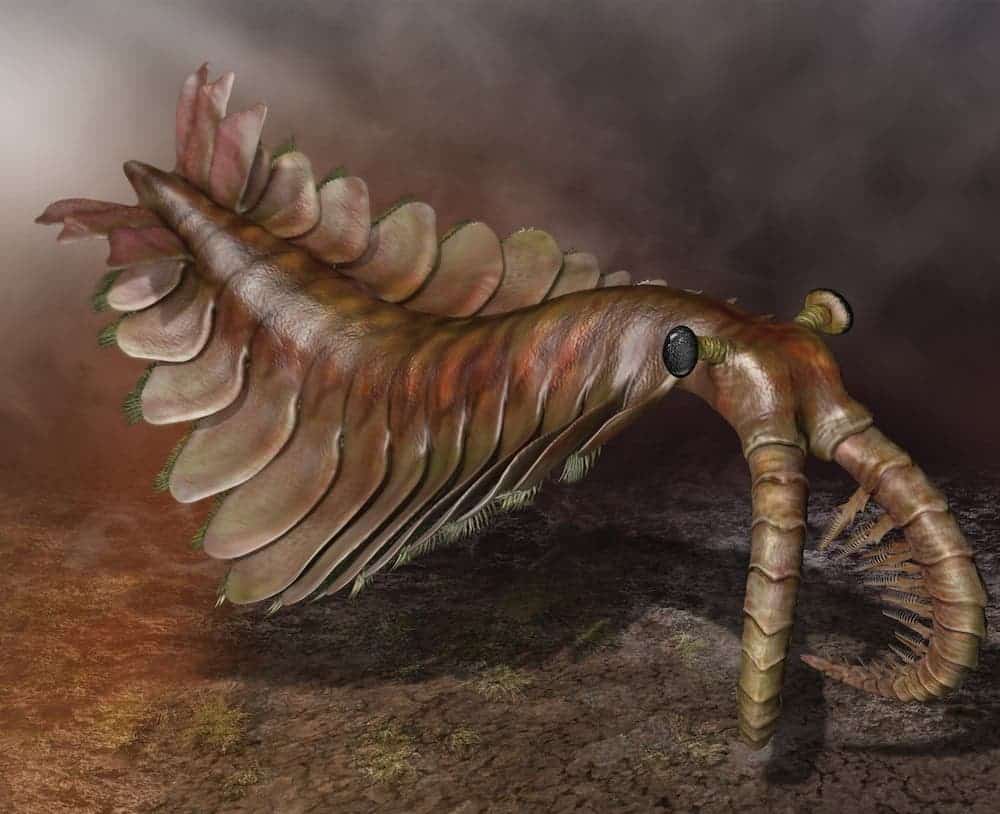
The Cambrian explosion had many fuses working together, most likely. A burst of oxygen flooded the seas, as the temperatures were pretty high – the stage was set for the first real predators to show up, and as they showed up, the prey became more and more prepared, with spikes and shields, which made the predators evolve even more. Some animals started to change their environment, piercing the seafloor with tunnels.
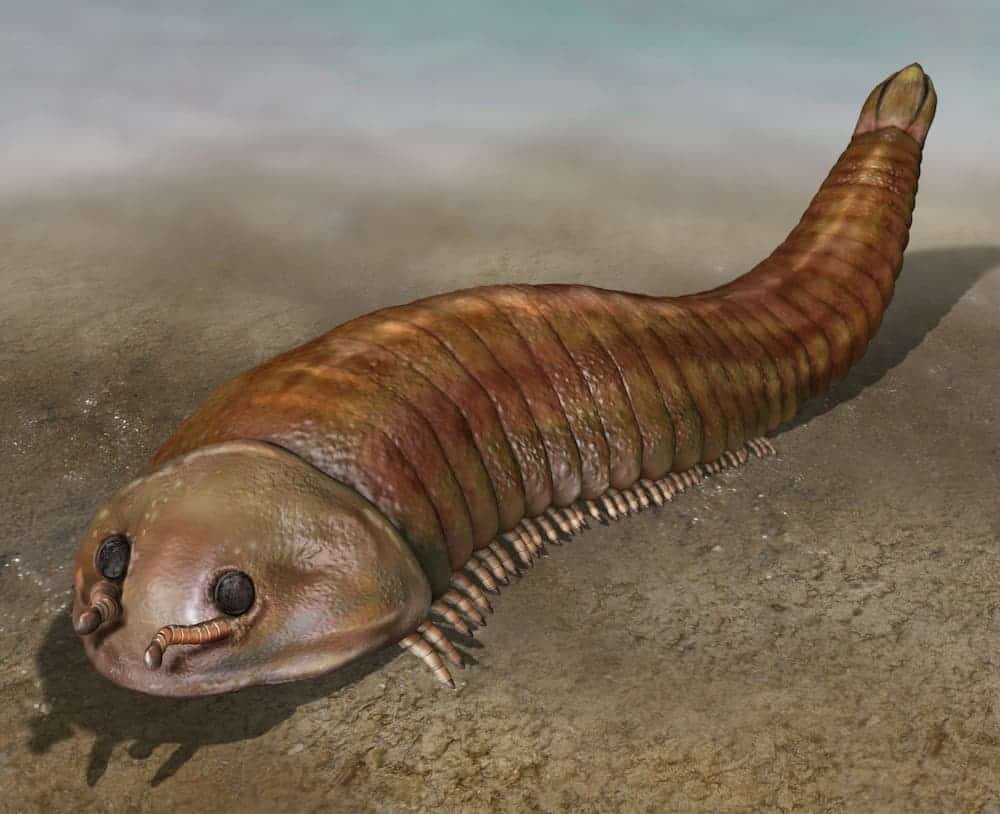
But the diversity of the Cambrian life had yet another source: the DNA of the animals themselves. Animals developed genetic programs for turning a single egg into a complex body, and these programs turned out to be extremely adaptable, with relatively minor changes giving birth to a myriad of life forms.
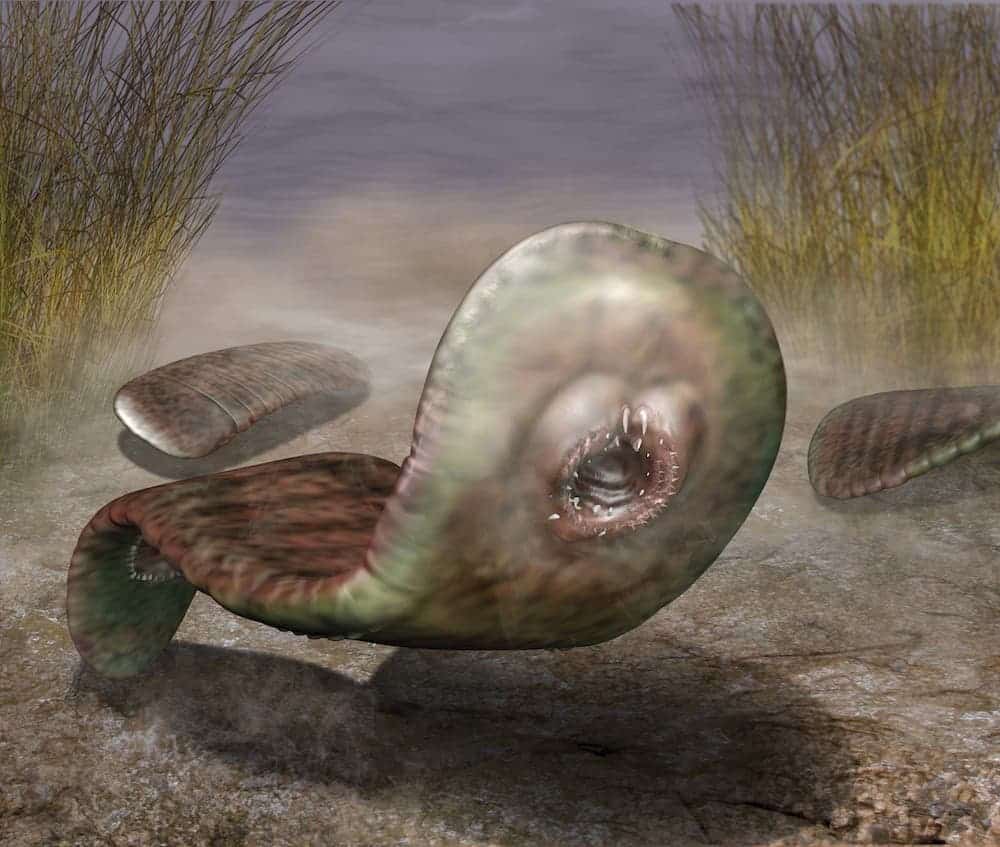
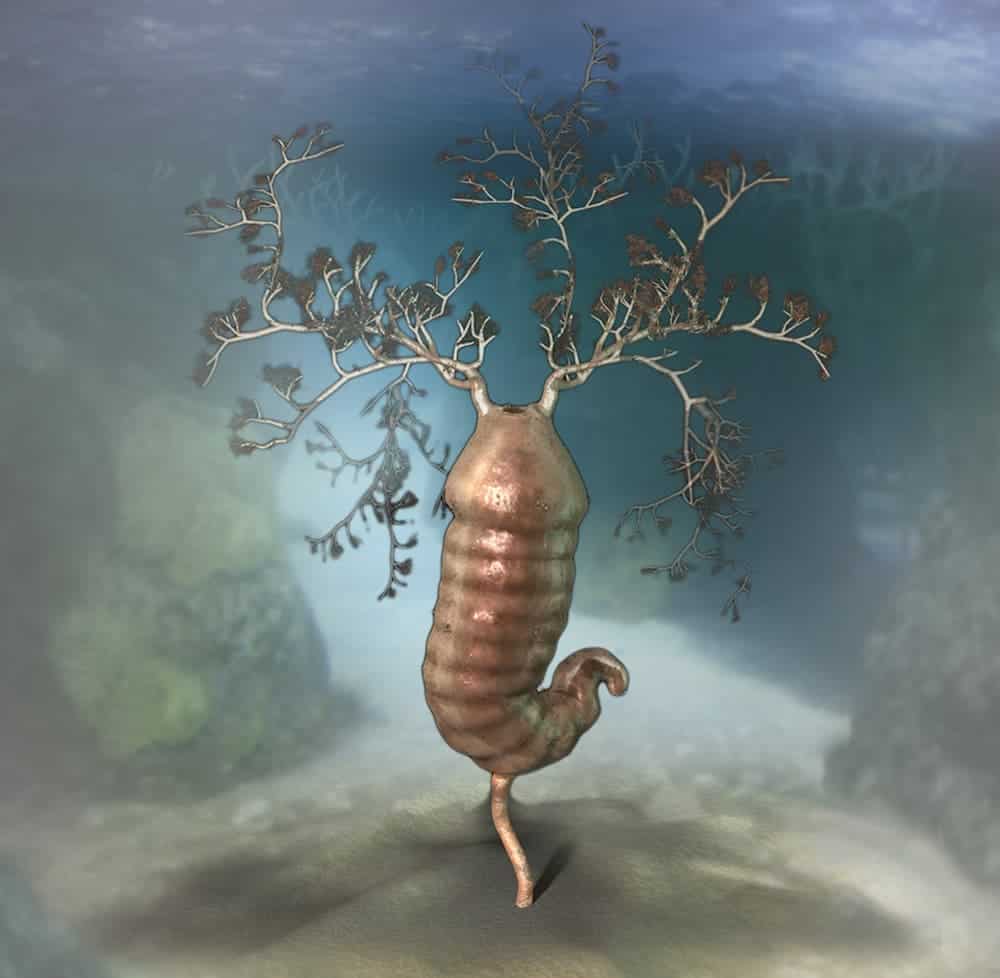



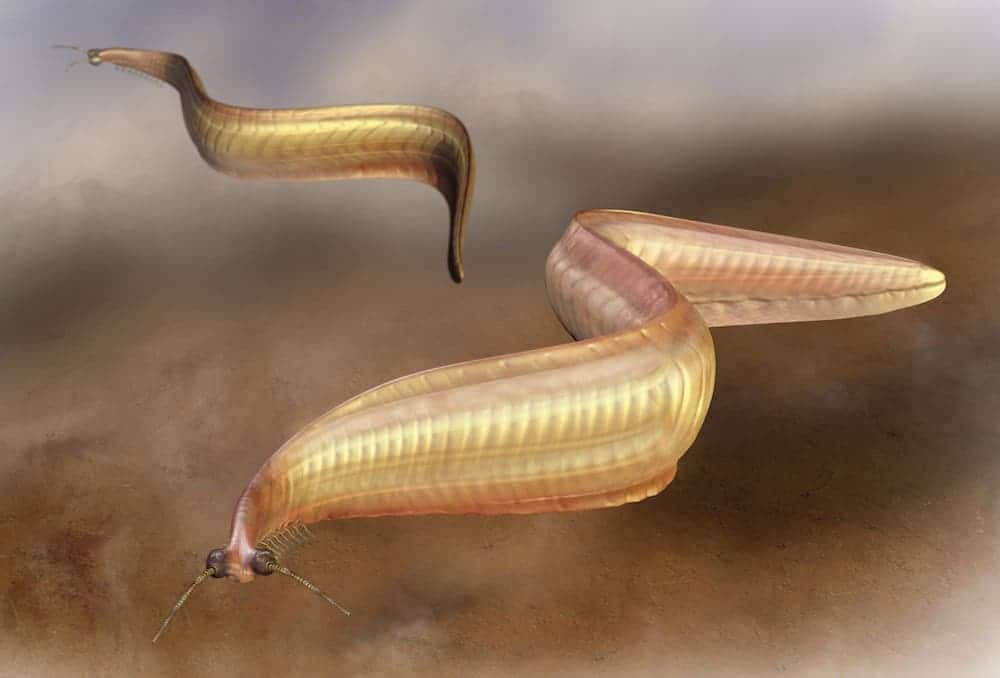
All pictures copyrighted, Quade Paul
Inspired by Carl Zimmer.






